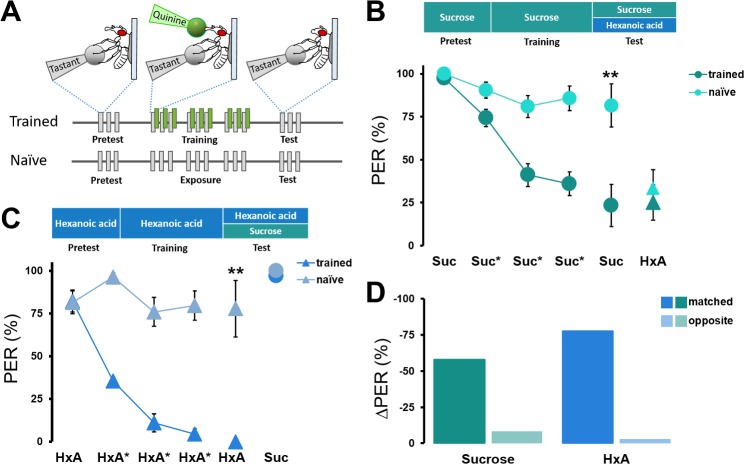Fig 6. Drosophila discriminates between sucrose and HxA.
(A) Taste memory protocol to determine sucrose and FA discrimination. Flies are trained by pairing HxA or sucrose on tarsi with quinine on proboscis. PER in response to HxA and sucrose is then tested following training to sucrose or HxA in the absence of quinine. In control experiments (naïve), the same procedure is followed, but quinine is not applied to the proboscis. (B) The pairing of sucrose and quinine (dark green circles) results in a significant reduction in PER across all three training trials compared to unpaired naïve flies (light green circles). PER response to sucrose in the test is significantly lower in trained flies compared to naïve flies (n = 7, 11), but no differences in response to HxA (triangles) is detected between the experimental and naïve groups (n = 11, 12). Kruskal-Wallis Test followed by Dunn’s Test (control: w1118); **p<0.01. (C) The pairing of HxA and quinine (dark blue triangles) results in a significant reduction in PER across all three training trials compared to unpaired naïve flies (light green triangles). The test PER response to HxA alone is significantly lower in trained flies compared to naïve flies (n = 13, 16), but no differences in response to sucrose (circles) is detected between the groups (n = 12, 12). Kruskal-Wallis Test followed by Dunn’s Test (control: w1118); **p<0.01. (D) Percent suppression of PER reveals that flies trained and tested to the same tastant (either sucrose or HxA) show significantly reduced PER compared to flies trained and tested with different tastants.

